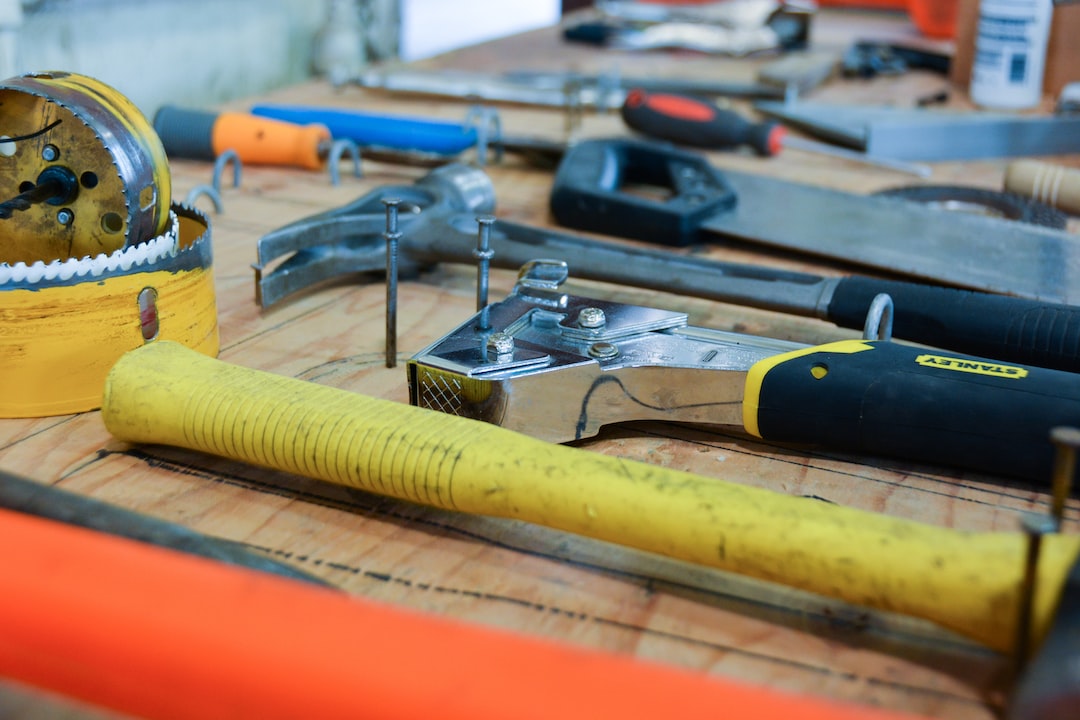Augmented reality (AR) has emerged as a revolutionary technology that has the potential to transform numerous industries. One such industry that stands to benefit greatly from AR is manufacturing. By leveraging the power of AR, manufacturing companies can streamline their processes, enhance productivity, and drive innovation like never before. In this blog post, we will explore the immense potential of augmented reality in manufacturing.
AR refers to the integration of virtual elements into the real world, creating an interactive and immersive experience. By overlaying virtual objects onto the physical surroundings, AR provides users with additional information, guidance, and insights. In the manufacturing sector, AR can offer a wide range of applications that can revolutionize traditional practices.
One of the primary benefits of AR in manufacturing is the ability to enhance workforce training and skill development. With complex manufacturing processes and machinery, training new employees can be time-consuming and expensive. However, AR can provide an interactive and engaging training environment, allowing employees to learn in a hands-on manner. By visualizing complex procedures in real-time, AR can help reduce errors, improve safety, and accelerate the learning process.
Another area where AR can make a significant impact in manufacturing is maintenance and repair. With AR-enabled devices, technicians can access real-time information and guidance while performing tasks. By overlaying augmented instructions onto physical equipment, technicians gain valuable insights into maintenance processes, reducing downtime, and increasing efficiency. AR can also assist in remote troubleshooting, where experts can guide on-site personnel through complex repairs, regardless of their physical location.
AR can also facilitate design and prototyping in manufacturing. Traditional design processes often involve physical prototypes, which can be time-consuming and costly. With AR, designers can create virtual prototypes and assess their functionality in the real world, without the need for physical models. Through AR visualization, designers can easily identify potential issues and make adjustments in real-time, saving time and resources.
Furthermore, AR can play a crucial role in quality control and inspection. Traditional quality control processes often rely on manual inspections, which are time-consuming and prone to human error. By integrating AR into quality control procedures, manufacturers can streamline inspections and improve accuracy. AR can highlight potential defects, provide real-time measurements, and offer step-by-step guidance for thorough inspections.
In addition to its operational benefits, AR can also contribute to safety in manufacturing environments. By overlaying digital information onto physical surroundings, AR devices can guide employees through hazardous areas, highlight potential risks, and remind them of safety protocols. This can significantly reduce the chances of accidents and injuries, creating a safer working environment.
The potential of AR in manufacturing extends beyond operation and maintenance. AR can also enhance collaboration and communication within manufacturing teams. With AR-enabled devices, employees can share real-time information, exchange ideas, and work together on projects irrespective of their physical location. This promotes knowledge sharing, accelerates decision-making, and fosters innovation in manufacturing processes.
As with any emerging technology, AR does pose certain challenges and limitations. The implementation of AR in manufacturing requires substantial investment in hardware, software, and training. Integration with existing systems and processes may also present challenges. Additionally, concerns regarding data security and privacy need to be addressed to ensure the safe usage of AR in manufacturing environments.
In conclusion, augmented reality has the potential to transform the manufacturing industry by revolutionizing processes, enhancing productivity, and driving innovation. From workforce training to maintenance, design, quality control, and collaboration, AR can offer numerous applications that can streamline operations and improve overall efficiency. Despite the challenges, the benefits of integrating AR in manufacturing far outweigh the costs, making it a worthwhile and promising investment for manufacturers looking to stay ahead in the ever-evolving industry. So, let us embrace the potential of augmented reality in manufacturing and unlock a new era of productivity and innovation.

